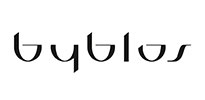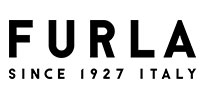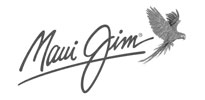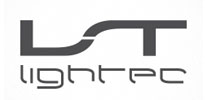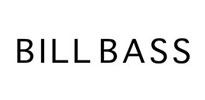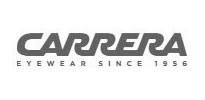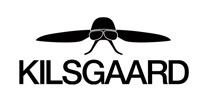Protecting Your Eyes With Sports Safety Glasses

Do you play bat or ball sports, and if so, are you concerned about protecting your eyes from injury?
According to Sports Medicine Australia (SMA), sports that involve the use of bats, sticks and/or hard fast-moving balls are in the ‘high risk’ category for our eyes. This includes baseball, basketball, cricket, hockey, squash and tennis.
SMA says that while the risks of eye injury are relatively low, when injuries do occur they can be very serious. Examples include eyelid haemorrhages or lacerations, retinal detachments, corneal abrasions or bleeding to the eye. Signs and symptoms may include tenderness, swelling, bleeding, bruising and double or blurry vision.
Additionally, according to SMA, 30% of sports-related eye injuries in children could lead to eventual loss of sight.
One solution is to wear a pair of high-quality safety glasses while playing sports, to protect the eyes without interfering with vision.
What to look for in safety glasses for sports
The lenses in safety glasses are usually made from shatterproof materials such as polycarbonate, which is light yet tough and durable.
Polycarbonate does tend to scratch. However, this can be remedied by applying a scratch-resistant coating to the lenses.
Good quality frames are made from durable materials and are designed in such a way that the wearer will not be injured if a lens comes out. This is achieved by having a deeper groove to hold the lens in place.
Here are some of the features to look for in sport safety glasses:
- Impact resistance – designed to withstand the impact of fast-moving and larger objects – e.g. sports balls and bats or sticks. In that sense they would differ from safety glasses often used on worksites used to protect the eyes from smaller particles.
- Full eye coverage – wrap-around design to offer protection against flying debris or objects at the sides as well as in front.
- UV protection – to protect the eyes from UV-rays and reduce the risk of eye cancers and cataract formation.
- Anti-fog coating – a good option to include to prevent lenses from fogging up during intense activity.
- Adjustable fit – such as elastic straps or nose pads you can adjust to ensure a comfortable and secure fit.
- Ventilation – vents or channels in the frame promote airflow and reduce moisture buildup.
- Prescription option – while some players might wear safety glasses on top of their own prescription spectacles, some designs of safety glasses allow for prescription lenses or inserts to avoid this.
A word on Standard compliance
The Australian Standards for safety glasses include AS1336 (occupational protection from flying hazards) and AS1337 (standards for prescription safety eyewear). However, formal certification is usually only needed for workplace health and safety situations.
Another relevant Standard is AS/NZS 18527.2 – which applies to safety glasses for racquet sports such as tennis and squash. Safety glasses complying with this Standard could suit other types of sports as well.
To ensure you get the best sports safety glasses for your situation, make an appointment with your eye doctor today.
Share on








